'Small imperfections often carry the deepest beauty'
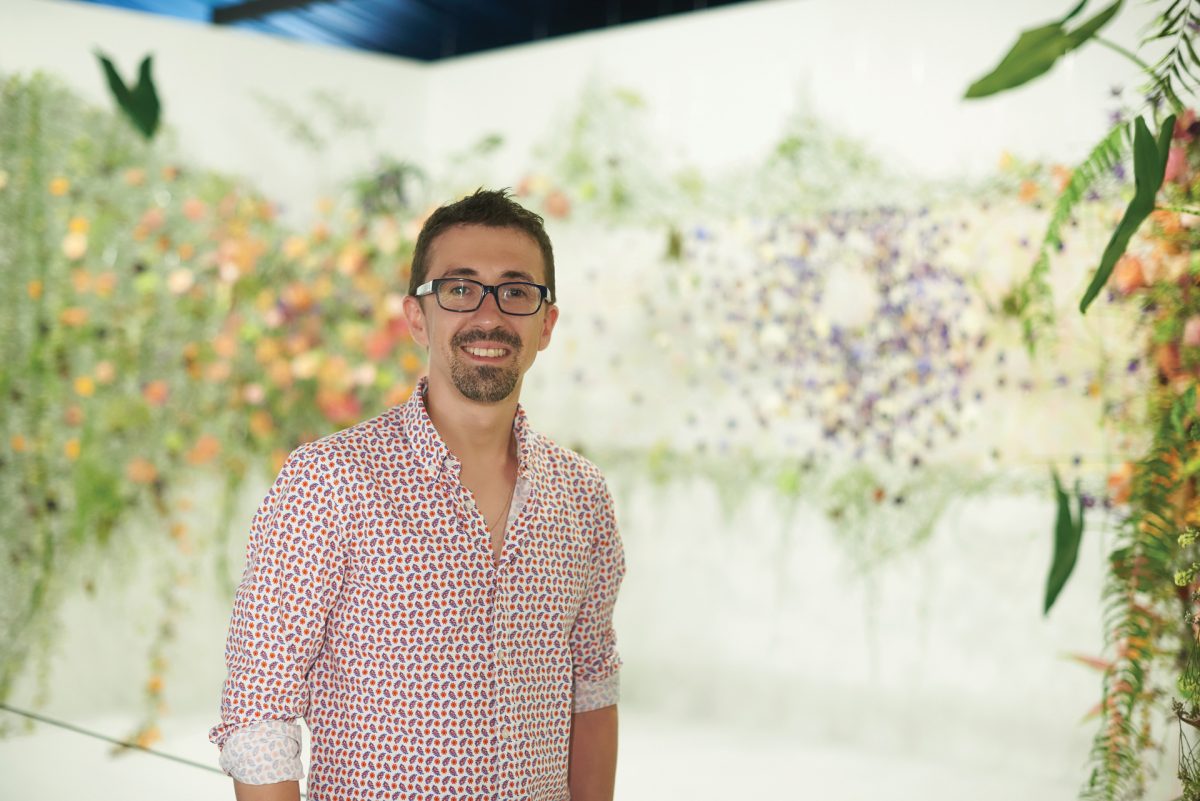
Renowned for the diversity of his work, Frédéric Dupré brings a distinctive perspective shaped by a background in landscaping, horticulture, and decades of hands-on floral design. As a teacher, theorist, and master florist, he combines craftsmanship with a poetic appreciation for imperfection.
'It's always difficult for me to describe my own style precisely. What I aim for in a composition is first a sense of geometry or architectural structure. I focus on con trolling the construction - whether it's the base, the container, or the support - and then I allow more freedom and spontaneity in the floral part. It's a kind of marriage between two contrasting characters. I pay close attention to texture and detail, using them to surprise, to highlight the organic line of a flower or the expression of a plant. In the end, I want the work to show how beautiful nature really is. People often say I'm more of a theorist now, someone who teaches through proportion, balance, repetition - passing on a system as much as a style.'
'Inspiration comes from everywhere, really. I believe the mind is a muscle - like a sponge - that needs regular exercise. I observe, scan, record, and store. When I need an idea, it usually comes very quickly. Nature, of course, remains essential. I try to keep a sense of childlike wonder and to accept that small imperfections often carry the deepest beauty. Experimentation is important too. It challenges routine and stimulates the evolution of the craft.'
'I'm not limited by materials. I like almost everything - flowers, foliage, botanical elements - whatever suits the idea. My social media reflects how varied my choices are. That flexibility is also practical for my teaching work around the world. More and more, though, I'm drawn to natural and biodegradable materials - vines, grasses, dried leaves, even soil and stone. It's a kind of Wabi Sabi aesthetic, but always filtered through my personality. That's probably why people say my work is hard to define, and that's why the result is like a chimera.'
'I'm not proud of just one project. All the experiences along the way have shaped me, helped me understand myself and develop my point of view. I'm a florist, yes, but at heart, I'm still a gardener. My background in landscaping and growing continues to influence how I think.'
'Returning to the World Cup ten years after Berlin is about more than competition. I'm here to share what I've learned, to support a younger team, and to pass something on. I don't see rivals anymore - only colleagues with a shared mission: to show how rich, complex, and valuable our profession truly is.'
'Dreams with flowers are meant to be realized'
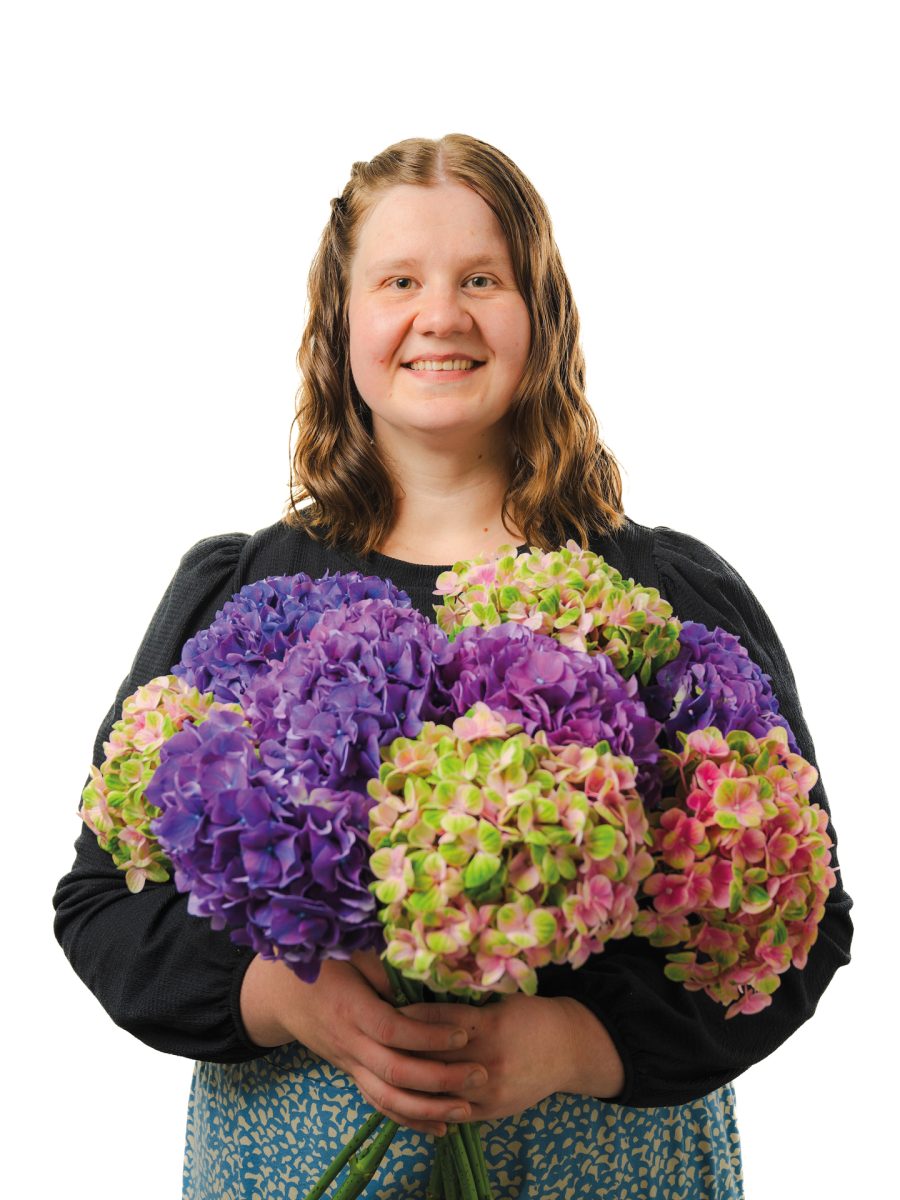
Known for her airy, decorative designs and bold use of structural elements, Säde Alanen masterfully blends floral art with innovative materials and techniques, often drawing inspiration from the rich natural landscapes of her homeland Finland. With multiple national championship titles and a philosophy rooted in perseverance and creative exploration, she stands out as a dedicated professional and a true artist in the world of floral design.
'What often characterizes my designs is their large, airy nature, and they are mostly decorative. I use structures in many of my work - ones that are not just supportive but also visually prominent and part of the overall expression.'
'Inspiration hides in almost everything around me. By following professionals in different fields, I come across new materials or techniques that are interesting to try to combine with flowers. But being Finnish, nature is my biggest source of inspiration. With 75 percent of our country covered in forest, it surrounds us completely. It offers not only incredible materials but also shapes, lines, and movements that are shaped over time.'
'It's always the work that defines the technique. I usually go with the idea first, and later I think about how to bring it to life technically. I often use wire techniques, they're incredibly versatile and I rely on them a lot. Furthermore, I like working with a wide range of materials. The changing seasons bring variety to the flowers we use, and I really enjoy combining these with materials that are available all year round. My absolute favorite flowers are Gloriosa and lily of the valley. There's a special delicacy and beauty in them - and lily of the valley has that wonderful fragrance.'
'I'm proud of winning three consecutive Finnish Championships (2019, '21, '23). The latest was when our youngest daughter was just four months old. For me, it shows that family - three children in our case - work, and dreams with flowers can all be combined. Dreams are meant to be realized. There are no real obstacles, just occasional slowdowns.'
'To be able to represent Finland at the highest level is incredibly amazing. I look forward to meeting and competing with the best in the world. The journey to this point is long and demanding, but it's also unique and truly inspiring.'
'I enter competitions to grow and become a better florist, not to win. I enjoy the challenges and gaining new experiences. My strengths are my goal-oriented mindset, perseverance, and the will to make things happen. To stand out, you sometimes need to step outside the safe zone. That means that in competitions, I often take small, conscious risks. Though calculated risks can make all the difference.'
'The process is always intuitive and exploratory'
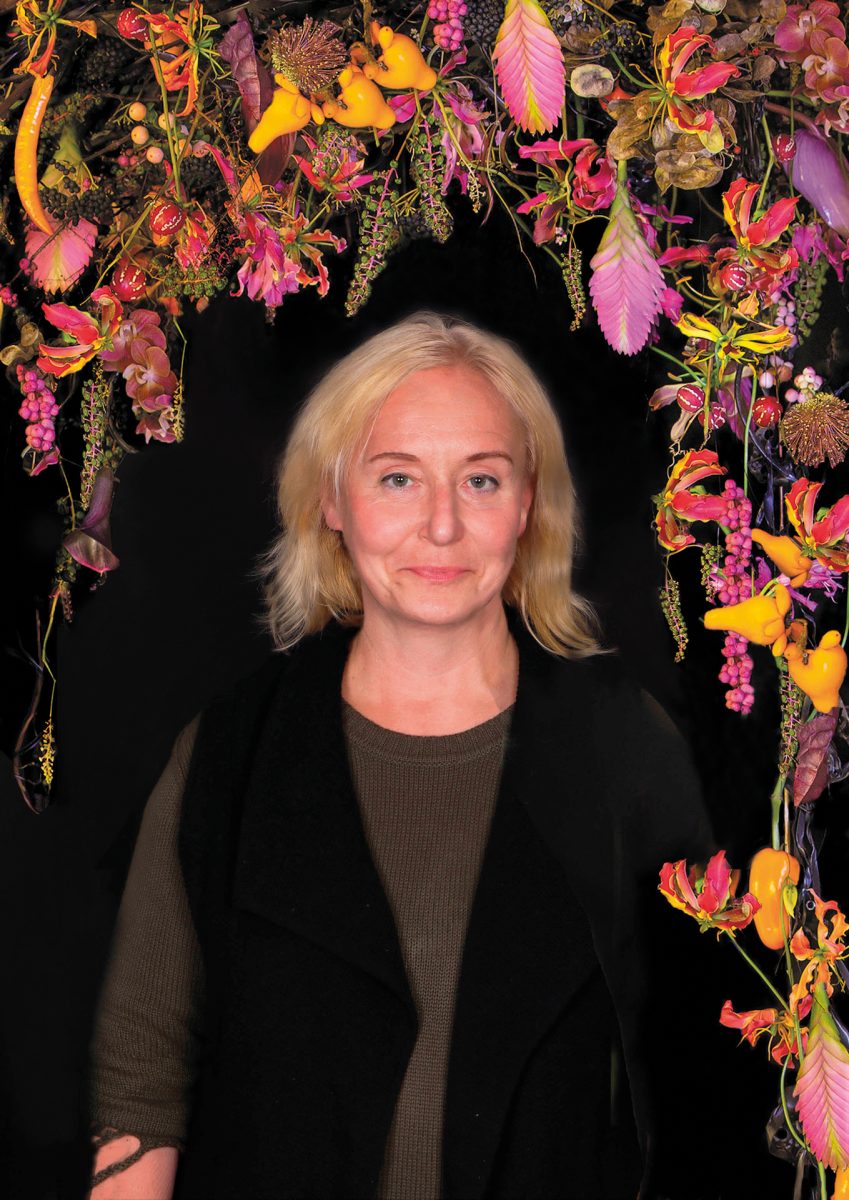
Estonian floral designer Saale Halla brings a unique combination of Nordic clarity and artistic sensitivity to her work. Deeply influenced by ikebana and rooted in nature's rhythms, she creates light, harmonious compositions that speak through form, texture, and intention. With a calm, intuitive approach and a strong commitment to sustainability, Saale's designs reflect both technical finesse and emotional depth - an elegant balance of tradition and innovation.
'The balance between northern clarity and Central European richness defines how I work. The cool, minimalist aesthetic of the north gives my designs structure and calm, while the more expressive traditions I encountered later brought in a sense of abundance and emotion. Ikebana has had a strong influence on how I see com position - it taught me to value simplicity, asymmetry, and the importance of space between elements. I see each design as a living composition, where materials and meaning are in dialogue. Color, shape, and feeling guide every decision. I strive to create floral art that feels intentional and natural - effortless, but never coincidental.'
'Nature remains my most consistent in spiration. I'm drawn to the colors, textures, and seasonal rhythms, but also to the imperfections. I also enjoy exploring art, architecture, and materials or techniques that spark curiosity. Sometimes an idea guides the process, sometimes the material initiates it. The process is always intuitive and exploratory.'
'I tend to choose natural materials and let their textures and irregularities shine. My designs often feel light and airy, shaped by movement and line. I blend traditional and modern techniques - ikebana still has a strong influence.'
'Some of my proudest moments have come from works where the structure is part of the story - natural wood, found objects, or modular supports that integrate with the overall idea. My master florist piece, the Flowercarpet, still feels very close to my artistic identity. It combined refined floral work with recycled structure in a way that continues to inspire me.'
'Sustainability is a constant value em bedded in my practice. I use reusable supports, like concrete-based devices that allow for disassembly and reuse. In earlier projects I explored recycled materials - like in my Flowercarpet and Flowertable. Creating beauty without waste is a long-term goal.'
'I see the World Cup as a chance to grow - creatively and personally. Meeting florists from around the world, exchanging ideas, and working at such a high level is a privilege. I believe my strength is the ability to unite artistic intuition with technical clarity, and to let the materials speak clearly. My sensitivity to rhythm, balance, and form has developed over time and reflects what I hope to bring to the stage: work that feels calm, fresh, and emotionally alive.'
'The vegetative style is closest to my heart'
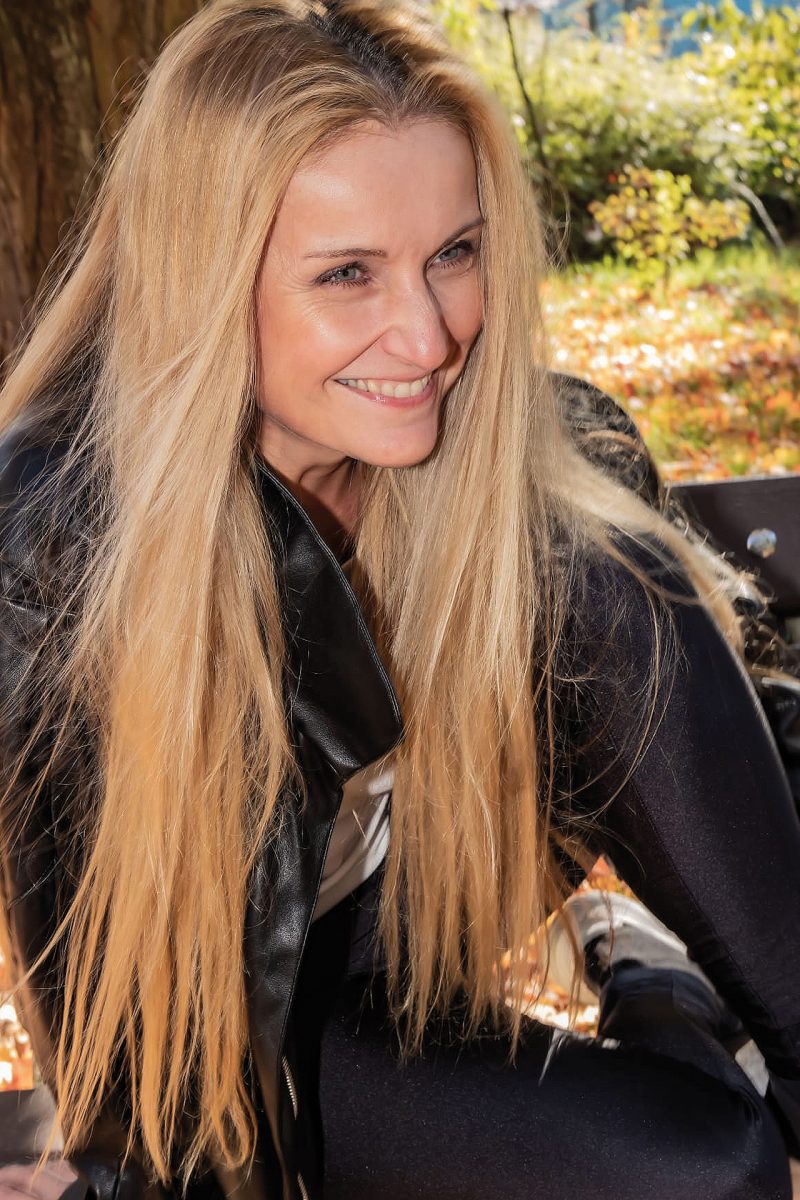
With a strong focus on sustainability, technical refinement, and an intuitive connection to natural materials, Karolina Žáčková brings a quiet yet powerful sensitivity to her designs. Her floral work is deeply rooted in the vegetative style. Known for her precision and calm presence under pressure, Karolina is not only a creative force in competitions but also a dedicated mentor, sharing her love for nature-inspired floristry with the next generation.
My floral work has a vegetative and natural style, in harmony with nature. I'm drawn to lightness and airiness in my designs, always aiming to emphasize natural lines and materials. Flowers reveal their true beauty when they're allowed to stay close to their natural essence.'
'Nature is my biggest inspiration - its diversity, its rhythm. Ideas often come to me during forest walks or when I'm gathering materials like branches, bark, moss, and grasses. It's during those quiet moments that I visualise a design in my head. From there, I develop it based on the materials I have at hand. Of course, I'm also inspired by fellow florists, by art, and by the small, often overlooked details in everyday life.'
'I gravitate toward seasonal flowers, especially meadow varieties or less traditional species. I enjoy using what nature offers at a given moment. My arrangements are technically refined but airy - I always aim to give space for each element to breathe. Sustainability is essential. I avoid plastic, floral foam, and unnecessary waste. Wherever I can, I work with what I've gathered myself, things that would otherwise return to the earth.'
'In recent years, I've been proud to take part in national and international comp etitions, like the Visegrád Cup. I also lead floral seminars regularly - particularly those focused on the vegetative style, which is closest to my heart. And one of the greatest joys is seeing my students succeed. It's deeply fulfilling to support and guide them on their own paths.'
'Being part of the World Cup is an im mense honor - it feels like the pinnacle of my professional journey. Even just being nominated is a recognition of the years I've devoted to floral design. It's also a chance to share Czech floral culture and our approach with a wider audience, which is incredibly meaningful to me.'
'I intend to succeed by staying true to myself. Authenticity is everything. My strength lies in my precision, my persistence, and my ability to remain calm even under pressure. I believe it's the personal connection to materials, the respect for nature, and the capacity to evoke emotion through flowers that truly sets a design apart.'
'There's always an emotional thread'
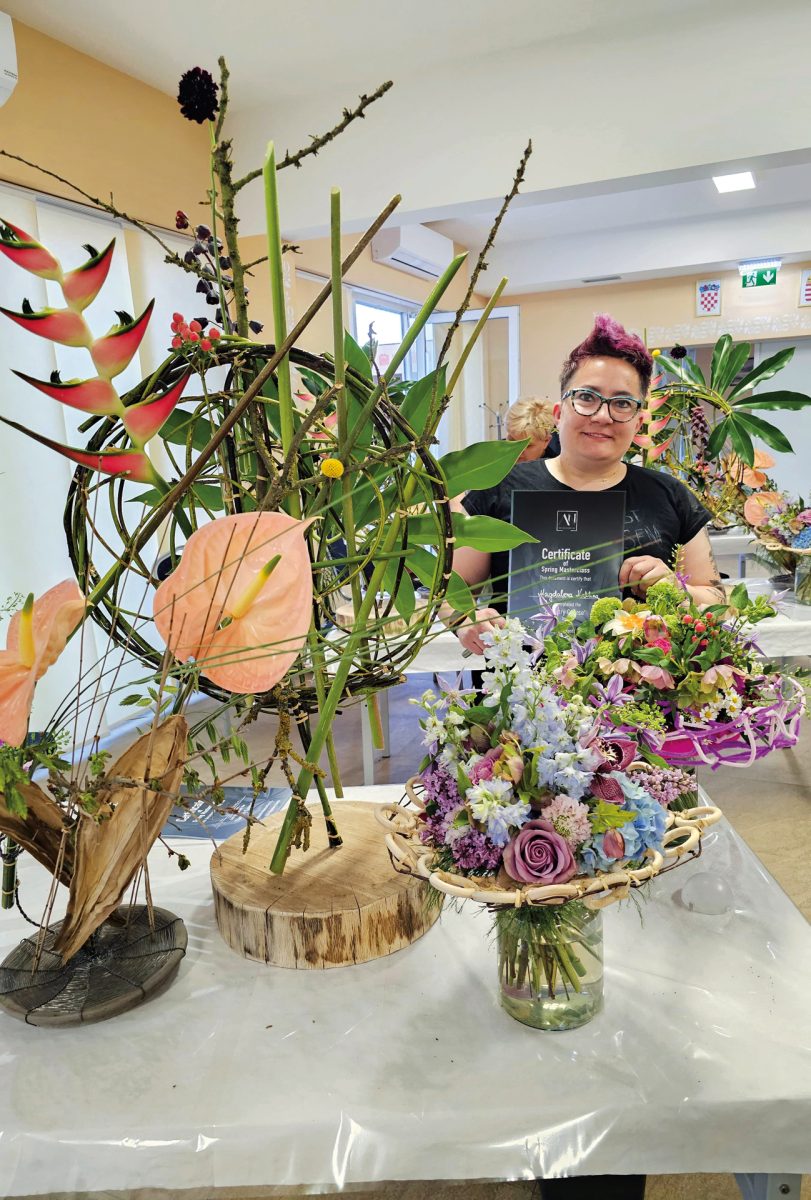
From Croatia, Magdalena Kahlina brings a refined yet deeply personal approach to floral design. Her work bridges the raw beauty of nature with structural precision, always grounded in emotional storytelling and a commitment to sustainability. As a national champion and a passionate mentor within her floral community, she now steps onto the world stage with authenticity and purpose.
'My signature style is rooted in the harmony between natural beauty and structural precision. I love creating designs that radiate authenticity and a deep connection to nature, while also carrying a strong architectural presence. Flowers are my medium of expression. I combine rustic with refined, clean with organic. There's always an emotional thread - every arrangement carries its own identity and message, a piece of my story.'
'Nature and everyday life are my biggest inspirations - the changing seasons, the texture of bark, the scent of earth after rain. My family, my husband and our two children, inspire me and remind me why I create. I develop ideas through sketching, note-taking, and direct contact with materials. I research plant forms, move
ments, and traditional and experimental techniques to shape designs that are both visually strong and warm with life.'
'At the moment, I especially enjoy working with wood, bark, dried branches, hay and reeds - natural elements I often combine with wire to give structure and freedom. Seasonal flowers, locally sourced, are my first choice. Sustainability isn't just a trend for me - it's a responsibility. I recycle, reduce waste, and embrace the challenge of designing without harm. Florists have the duty to work in harmony with nature.
'Winning the Croatian National Florist Cup in 2024 was a defining moment - recognition for years of dedication. I also value the workshops I've led across Croatia, sharing knowledge, and growing together as a small but strong floral family. And I deeply appreciate those local community moments - holiday deco rations, collaborations, where flowers connect people quietly and sincerely.'
'The World Cup in The Hague is both an honor and a responsibility. I don't only stand for myself; I represent Croatian floristry. I want to show the world we have something to say; emotion, skill, and a unique style rooted in tradition but open to the world. I want to be remembered as the first Croatian florist to step onto this global stage, giving her all, introducing our floral voice to the world.'
'My strength won't lie in extravagance but in honesty. Precision, storytelling, and emotional truth - that's what defines me. I will not pretend to be someone else. I'll stay true to who I am. That is what I bring to The Hague.'
'Nature is the best teacher'
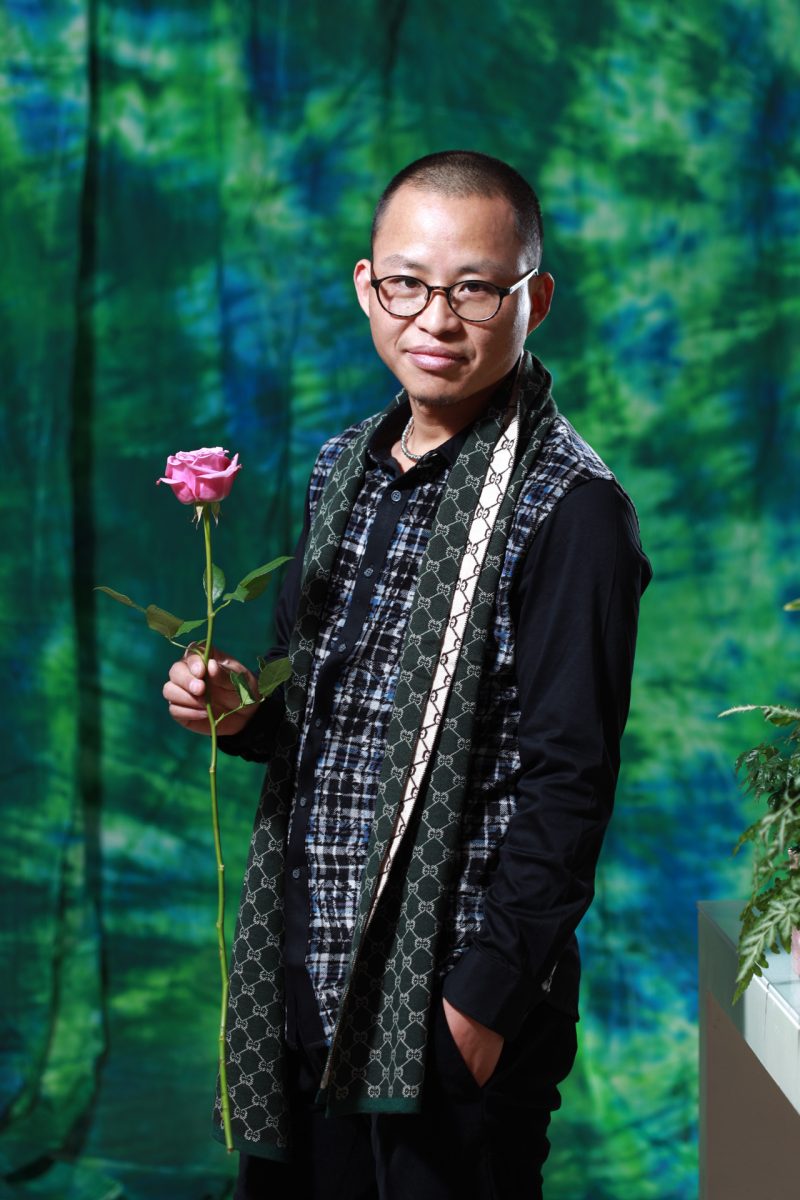
Widely recognized for his fusion of natural inspiration and refined artistic technique, Ni Zhi Xiang has developed a distinctive floral design language that bridges Eastern aesthetics with contemporary composition. Representing China for the third time at the World Cup, he brings decades of creative evolution to the stage.'
'In 1998, I was young and working in a wholesale flower market in Nanjing. While assembling a simple flower basket, a few florists passed by. At a glance they sneered, 'This is supposed to be floral design? It's awful.' Flushing with embarrassment, I kept quiet. Deep inside, I made a silent promise: one day, I would master floral art - and go beyond the judgments of others.'
'I began searching every bookstore in the city. Eventually, I found a single title: Basic Floral Arrangement. I treated it like gold. After that, I bought everything I could find on design, structure, botany, color theory of floral design. During the day I worked in a flower shop; at night I studied under a lamp until early morning.'
'The following year, I entered my first competition - the Nanjing City Floral Design Contest - and won. That gave me the courage to continue. I joined competitions all over China, took courses from World Cup champions like David Denyer and Per Benjamin, and studied space design and three-dimensional composition at Nanjing University of the Arts. That education fundamentally shaped how I see and use form.'
'Since then, I've won the China selection rounds of the World Cup three times and have already stood twice on the world stage. But for me, it was never just about competing. I wanted to build a design language that expresses Eastern aesthetics - deeply rooted in nature, quietly powerful.'
'In 2011, after coming across the European 'natural style,' I began to think seriously about how to create something uniquely ours. I traveled through reed marshes, countryside fields, and tropical rainforests, simply watching how plants grow freely. The more I observed, the more I understood nature is the best teacher - it became my philosophy of life.'
'That insight became the foundation for what I now call the Oriental Natural Style. It consists of five main series - Water, Pastoral, Forest, Rainforest, and Structural - each drawing from different elements of the natural world and the spatial logic. Since its launch in 2013, the system has taught over 30,000 students and reached more than a million followers online.'
'This year, as I return to the World Cup for the third time, my goal remains simple: if someone, somewhere in the world, remembers my design after seeing it - then that, for me, is the true victory.'
